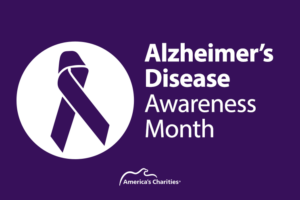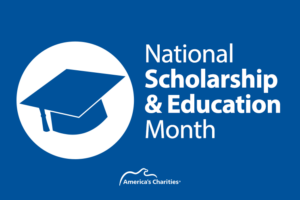Sarah Ford | September 26, 2013
Eliminating Hunger in the Classroom Improves Attendance
No Kid Hungry recently surveyed teachers and principals and found that three out of four K-8 public school teachers and principals see kids who regularly come to school hungry. Of the more than 21 million low-income kids in the U.S. who rely on a free or reduced-price school lunch, only half – about 11 million – currently get a school breakfast even though they qualify.
The No Kid Hungry campaign is also innovating ways to get even more kids to participate in the school breakfast program. Breakfast traditionally happens outside the bounds of the regular school day. That presents challenges of timing, transportation, and even stigma. So with some school partners, they tried an experiment of moving school breakfast into the first period of school. The early results are quite striking and promising.
According to the No Kid Hungry study, teachers and principals who have breakfast in the classroom say they’ve seen improvement in alertness (76%), better attendance (57%), fewer disciplinary problems (54%), fewer visits to the school nurse (55%) and fewer tardy students (49%). Anecdotally, teachers said that they were able to develop more meaningful relationships by spending time with students over a meal versus over a lesson. Relationship building is fundamental to any strategy in improving student attendance. Students are more likely to go to school if they know there is someone there that cares about them.
Source: Share Our Strength
Get Resources and Insights Straight To Your Inbox
Explore More Articles
Open Position: Customer Service Coordinator (Remote-Part Time)
Position Title: Customer Service Coordinator (Remote – Part Time) Department: Charitable Funds Management Solutions We are a non-profit charitable organization looking for skilled individuals who…
Read ArticleGet Resources and Insights Straight To Your Inbox
Receive our monthly/bi-monthly newsletter filled with information about causes, nonprofit impact, and topics important for corporate social responsibility and employee engagement professionals, including disaster response, workplace giving, matching gifts, employee assistance funds, volunteering, scholarship award program management, grantmaking, and other philanthropic initiatives.




